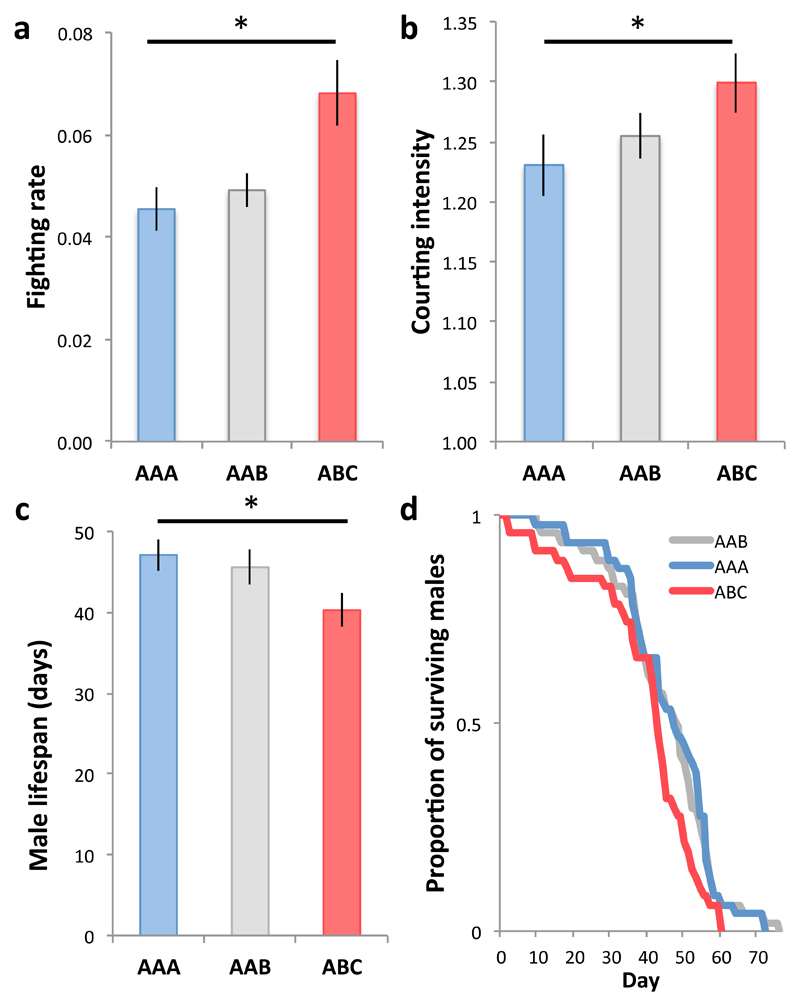Figure 2. The effect of male-male relatedness on males.
(a) Triplets of unrelated males (ABC) had a significantly higher frequency of male-male fighting than triplets of brothers (i.e. AAA, proportion of focal scans in which male-male fighting was observed, χ22 = 14.46, P < 0.001; Tukey, ABC-AAA, z = 3.73, P < 0.001, ABC-AAB, z = 2.92, P = 0.01, nAAA=47, nAAB=47, nABC=45). (b) Compared to triplets of brothers (AAA), triplets of unrelated males (ABC) were characterised by higher courting intensity (i.e. number of courting males when courting was observed, χ22 = 5.01, P = 0.081; Tukey ABC-AAA: z = 2.38, p = 0.045; nAAA=47, nAAB=47, nABC=45). (c) Male longevity was significantly lower in unrelated triplets (ABC) than among full-sib brothers (AAA, F2, 128 = 3.77, P = 0.026; Estimated differential lifespan for ABC, mean±se: -5.62±2.63, t = -2.139, P = 0.034; nAAA=43, nAAB=44, nABC=45). (d) We found significant differences in male mortality risk across treatments (χ22 = 10.47, P = 0.005), and post-hoc direct comparisons between the treatments indicated that this effect was due to males in unrelated triplets (ABC) being more likely to die than in AAA- (χ22 = 9.55, P = 0.002) and AAB-triplets (χ22 = 6.66, P = 0.010; nAAA = nAAB = nABC = 47). Vertical bars = se, horizontal bar with asterisk = significant post-hoc comparisons.

